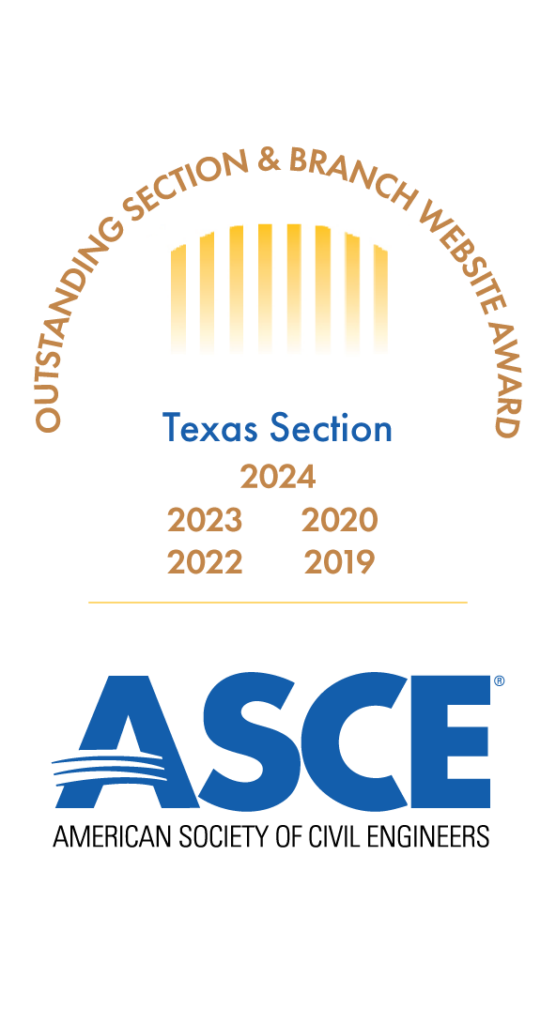Revisions to ASCE Texas Section Residential Foundations Document
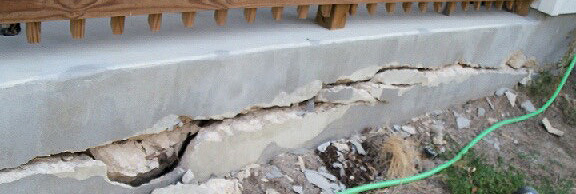
This is part 1 of a two part series about the revisions to the ASCE Texas Section Residential Foundations Document.
By, Robert F. (“Bob”) Pierry, Jr., PE
August 2022
Part One
The ASCE Texas Section (“Section”) adopted Version 3 “Guidelines for the Evaluation and Repair of Residential Foundations” (“Forensic Guidelines” or “document”) on April 1, 2022. This document is intended to provide guidance for Professional Engineers (“PEs”) who evaluate existing residential foundations.
Background
This document is one of two documents originally adopted at the Fall 2002 Section meeting. The other document is titled “Recommended Practice for the Design of Residential Foundations” (“Design Guidelines”). Both documents had an original effective date of January 1, 2003, and both include a provision for adopting changes to the documents. Anyone may download the most recent versions of both documents from the Texas Section website (www.texasce.org).
This article discusses the structure of the initial effort, outlines comments and proposed changes received regarding each document and describes the procedures for addressing the comments and proposed changes which have resulted in a second version of the Design Guidelines and the second and third versions of the Forensic Guidelines.
Prompting action by the State Board
The Section began creating the Guidelines in 1999, after the Texas Board of Professional Engineers (“TBPE”, now the Texas Board of Professional Engineers and Land Surveyors, or “TBPELS”) issued a Policy Advisory that addressed residential foundation engineering. TBPE had been wrestling with numerous complaints against licensed engineers practicing residential foundation engineering. About 30 percent of the TBPE’s caseload was reportedly generated by complaints related to the service and failure of residential foundations in Texas.
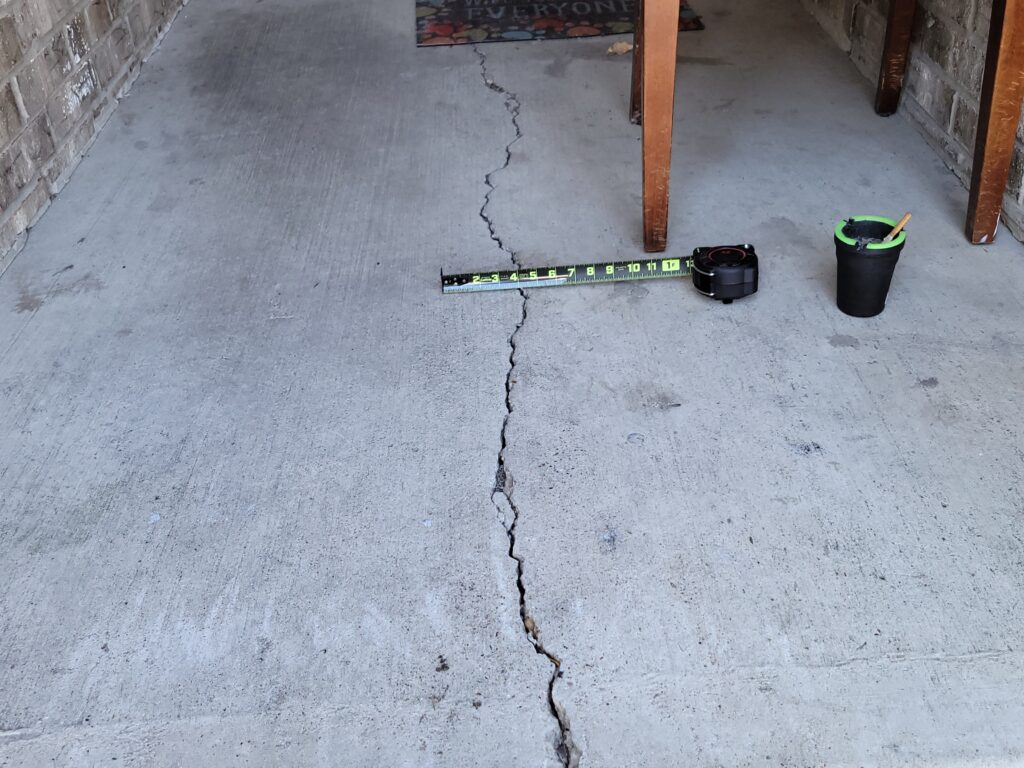
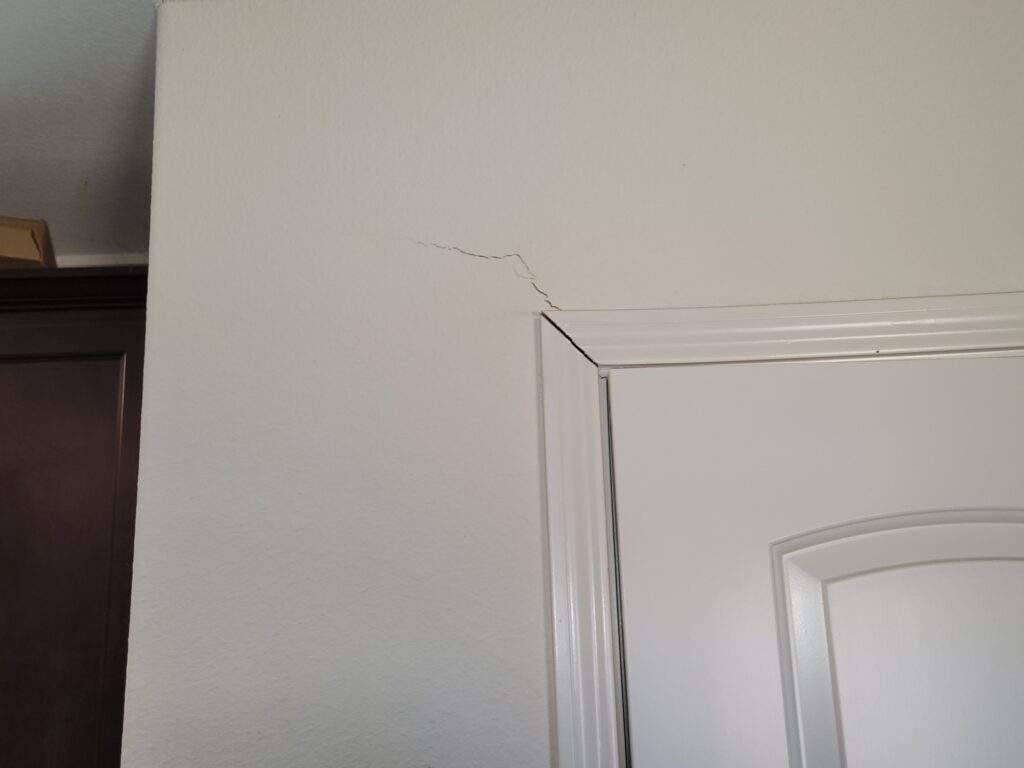
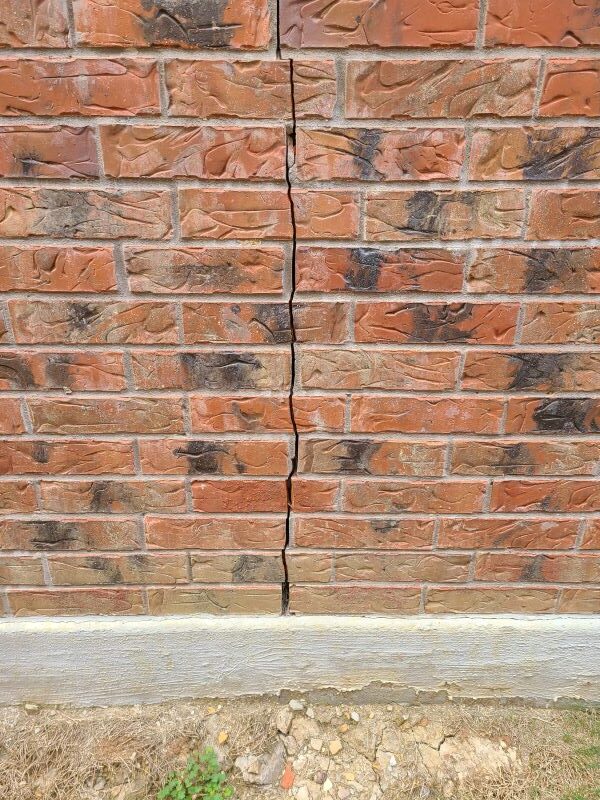
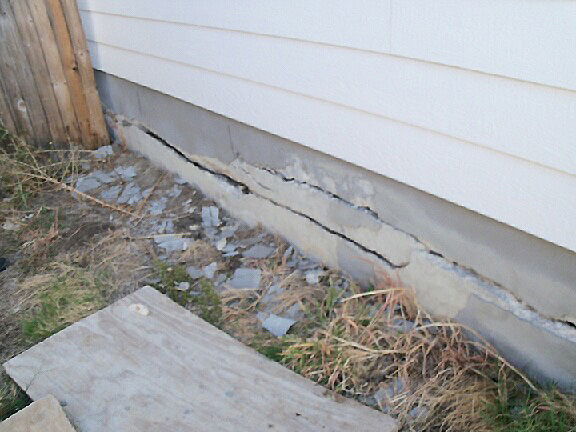
To address this issue, the Board appointed the Residential Foundation Committee (RFC), which resulted in Board Policy 09-98-A. One goal implied in the Policy Advisory and committee reports was to provide TBPE members with information that would help them evaluate whether complaints brought against engineers practicing residential foundation engineering had merit.
Many Texas ASCE members practicing foundation engineering believed that technical guidelines such as those included in the state’s Policy Advisory should more rightly be created by a technical society such as ASCE.
Reaction and Response by the Texas Section
After the TBPE adopted the Policy Advisory, a panel including then TBPE Executive Director John Speed, PE, presented a discussion of the policy to ASCE members at the Texas Section ASCE Spring 1999 meeting in Longview, Texas. This presentation exploded into contentious debate. Many voiced concern and displeasure with various aspects of the policy, including the policy itself, the subcommittee reports that were used by the Board to develop the policy, the policy development process, and the decision to issue practice guidelines. Ottis Foster, PE, was Chair of the Texas Section ASCE Governmental Affairs Committee at the time of the presentation, and noted the obvious concern expressed by members. This led to an Information Forum at the Texas Section ASCE Fall 1999 meeting in Midland, with Mr. Foster serving as Moderator.
A consensus emerged from this Forum that design and evaluation guidelines should be developed by a technical society such as ASCE, and not by a governmental agency such as the Board. Given authorization to prepare guidelines by the Texas Section at that Fall 1999 meeting, attendees decided to create a foundation investigation and design “Manual of Practice”, which became the Design Guidelines; and a “Manual of Practice” for evaluation and repair of residential foundations, which became the Forensic Guidelines.
After the Section began crafting guidelines, the TBPE rescinded the Policy Advisory pending the results of the ASCE effort.
Structure of the Initial Effort
The Forum resulted in the creation of two subcommittees to develop the guidelines, while the Foundation Oversight Committee had the following more general objectives:
- Provide guidance to the two subcommittees;
- Consider recommending adoption of the documents to the ASCE Texas Section Board; and
- Develop strategies for creating public awareness and general acceptance of the documents.
The group adopted basic subcommittee ground rules and objectives, including the objective that subcommittee outputs should be acceptable to 80 percent of reputable engineering practitioners. The Texas Section recruited subcommittee members by various methods, including by sending individual letters to all the ASCE members that had served on the RFC. Any volunteers who were ASCE members were eligible to serve.
The Oversight Committee, formed in of May 2001, recruited members by sending letters to former RFC members not already serving on a Guidelines subcommittee. The Oversight Committee also sought other ASCE member licensed Professional Engineers known in the Texas engineering community, who by their reputation would lend legitimacy to the effort and would encourage its ultimate acceptance. The TBPE appointed Edmundo Gonzales, PE as their representative on the Oversight Committee. While there have been a number of changes in membership of the Committee and Subcommittees, the basic ground rules and objectives have not changed significantly.
Initial Subcommittee Work
Early on, the subcommittee members came to realize they often held strong but often opposing opinions concerning even fundamental aspects of engineering practice. Members were, however, able to overcome strong differences in opinions and personalities, and became a team united in achieving the goal of providing the TBPE with a guidance document for residential foundation engineering. Numerous difficult and contentious issues were addressed and resolved, not always with complete agreement, but with general agreement that the result was an appropriate expression of a consensus. The members of each subcommittee ultimately voted unanimously to submit final drafts of their respective documents to the Oversight Committee for review.
Oversight Committee Issues
Major tasks of this Committee included reviewing the guidelines, looking for language or recommendations that were obviously inappropriate or would cause rejection of the documents by the Section Board or the engineering community, and making sure that quality documents were produced. While the subcommittees worked on the details of the guidelines, the Oversight Committee concentrated on the general focus and direction of the effort, attempting not to “miss the forest because of the trees”. This process has continued throughout the consideration of submitted comments and the adopting of subsequent versions of both documents.
Interaction with the TBPE and Other Entities during Development
During the development of the documents, the Chairs of the Oversight Committee and both subcommittees, as well as several key members worked to inform as many groups and individuals as possible. The TBPE was a major focus of this communication effort. The TBPE and the Section Board consistently expressed staunch support for the effort, and the TBPE remained a primary driver throughout the effort because of its potential to re-invoke the original Policy Advisory if ASCE did not produce the documents.
Other groups kept informed included: Associated Soil and Foundation Engineers, the Texas Council of Engineering Laboratories and the Foundation Performance Association (FPA). While not specifically recruited as such, many subcommittee and Oversight Committee members or member’s companies were also members of one or more of these groups.
Legal Review
The legal counsel for ASCE International reviewed the guidelines, specifically with respect to liability issues and the ASCE constitution, bylaws and policies. In general, the Texas Section interpreted ASCE Attorney Tom Smith’s response as favorable.
Public Awareness and Review
The Texas Section took several steps to announce the effort to create the documents. The Section website described the effort and posted the draft guidelines for public comment. The Texas Civil Engineering magazine published several articles and the TBPE was updated regularly. The Committee and Subcommittee Chairs attended various functions, and either made special presentations or announcements about the documents. The documents gained national exposure through a panel discussion organized by subcommittee member and subsequent Forensic Subcommittee Chair Marshall Addison, PE at the International ASCE meeting in Houston in October 2001. For the public comment phase, the Texas Section notified members by mass email, and individual members notified acquaintances and groups of the effort.
After final adoption, the Texas Section members again notified members by mass email. Six members of the committees formed a presentation group that created PowerPoint presentations for use in various settings, including at continuing education seminars presented at Section meetings.
Reference by the Texas Residential Construction Commission
The Texas Legislature created the Texas Residential Construction Commission (TRCC) through H.B. 730 (the “Act”) during the 2003 legislative session. The TRCC developed and adopted “Limited Statutory Warranties and Building and Performance Standards (“Standards”), which became effective on June 1, 2005. The Standards referred directly to “Guidelines for the Evaluation and Repair of Residential Foundations, Version 1” (cited as the “ASCE Guidelines” in the Standards) in Subchapter D with respect to performance standards for slab foundations and for floors over pier and beam foundations. The author, who was chair of the Forensic Guidelines Subcommittee, provided written and in-person testimony during the development of these Standards with respect to appropriate ways to include reference to the Forensic Guidelines. While the TRCC was disbanded in 2007 as a result of Sunset Review, most of the Standards were adopted by third-party warranty companies that provide coverage for performance under the Standards, including the reference to the ASCE Guidelines.
Changes in Leadership and Membership
There have been changes in the leadership of the Oversight Committee and the Forensic Guidelines Subcommittee over the years since initial adoption of the documents. The author of this article is the current Chair of the Oversight Committee. Phil King, PE remains Chair of the Design Guidelines Subcommittee, and Ken Struzyk, PE is the current Chair of the Forensic Guidelines Subcommittee.
There have also been changes in the membership of the Oversight Committee and the subcommittees. The Forensic Guidelines Subcommittee and the Oversight Committee recruited and added new members over the past few years to replace members who no longer wished to participate or who have passed away. Any Professional Engineer who is a Texas Section member in good standing may request to serve on one of the subcommittees by contacting the Texas Section or the author.
Changes to the Documents
Members recognized that changes to the Guidelines would become necessary over time and, therefore, included “Adopted Changes” subsection in the initial version of each document to address this issue. The Oversight Committee adopted and revised procedures for the review of proposed changes by the committees. Anyone may submit proposed changes for consideration by the Guidelines subcommittees by submitting a written or emailed request to:
Texas Section – ASCE
1524 S. IH-35, Suite 180
Austin, Texas 78704
(512) 472-8905
All submissions of proposed changes must include the submitter’s contact information, an explanation of why the submitter proposed the change, calculations if appropriate, and alternative language to incorporate the change. The appropriate subcommittee will consider the changes, and from time to time the Section may adopt the changes and issue revised Guidelines.
The Texas Section received comments and proposed changes for the Design Guidelines in late 2003 and in 2006, which resulted in the adoption of Version 2 of the Design Guidelines on October 4, 2007. The Texas Section received comments and proposed changes to the Forensic Guidelines in 2007, which resulted in the adoption of Version 2 of the Forensic Guidelines on May 1, 2009. The Texas Section received further comments and proposed changes to Version 2 of the Forensic Guidelines in 2018 and 2019. These proposed revisions resulted in recently adopted Version 3 of the Forensic Guidelines.
To read the full report please go to https://www.texasce.org/resources/publications/residential-foundations/
